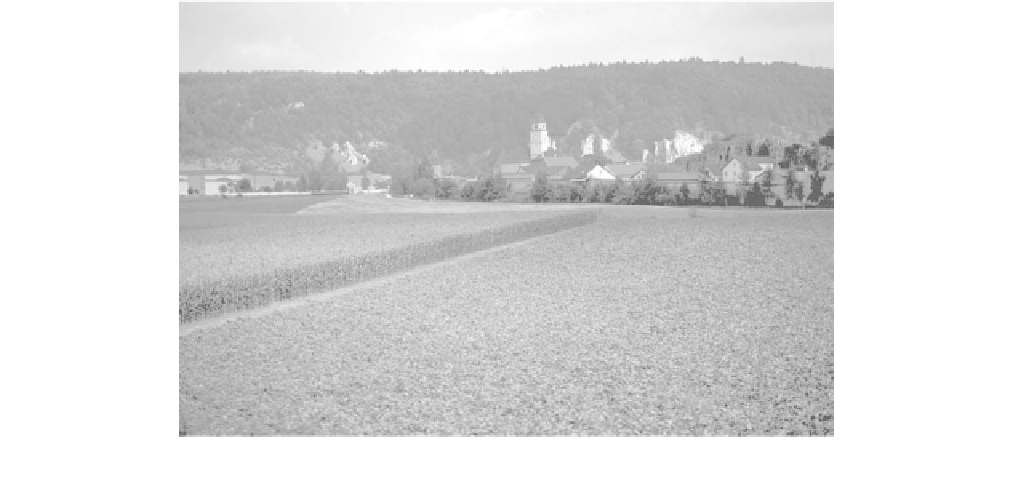Agriculture Reference
In-Depth Information
become conscious of the negative impacts of their behav-
iors, diets, and food choices.
production process, they are aware of how their choices
and behaviors affect the growing of food, the environment,
and the working of the food system.
BRINGING FARMERS AND CONSUMERS
BACK TOGETHER
E
LEMENTS
OF
AN
A
LTERNATIVE
F
OOD
S
YSTEM
Bringing consumers and farmers back together is really the
same thing as creating an alternative food system. In such a
system, (1) food production and consumption has a biore-
gional basis; (2) the food supply chain has a minimum num-
ber of links; (3) farmers, consumers, retailers, distributors
and other actors exist in the context of an interdependent
community and have the opportunity for establishing real
relationships; and (4) opportunities exist for the exchange
of knowledge and information among all those who partici-
pate in the food system. These aspects of an alternative food
system are closely interrelated. Although they are likely to
exist together, they are conceptually distinct.
As we have seen, strong interests have taken over the space
between the farmers in the field and the eaters around the
table. The dissolution of this relationship has been one of the
root causes of the trend away from sustainable practices and
relationships. It follows, then, that reestablishing a closer
relationship between farmers and consumers is an important
part of building a path back toward sustainability.
Considered from a broad perspective, creating a
more sustainable food system has two fundamental
requirements:
•
Diets must change to reduce demand for meat,
other animal products, and all food products
that require excessive transport, processing, and
packaging.
Agricultural Bioregionalism
It can be said that as the physical distance between the
people who grow food and the people who eat it grows,
the chance for the exploitation of both grows as well. An
important way to ensure that this exploitation does not
happen is to bring “localness” back into agriculture.
Localness depends on physical proximity. When the
people who consume food are not far from the people who
produce it, that food system is local. Local food systems
are identified with a place and contribute to the environ-
mental, social, economic, and cultural development of the
communities in that place (Figure 23.4).
When the people living in a particular area or region
eat mostly food that is grown or raised locally, they shift
•
More land must be cultivated under a steward-
ship ethic, by independent, relatively small-
scale farmers with a stake in their communities,
able to make a decent living, unconstrained by
the demands of the agribusiness oligopoly.
Both of these goals can be accomplished at the same
time by reestablishing the connection between farmers and
consumers. If farmers have alternatives to the agribusiness
model and the food-system oligopoly, they can remain on
the land and farm profitably using the best, most sustain-
able practices. If consumers are in touch with the food
FIGURE 23.4
An area in rural Germany, near Witzenhausen, that has retained a bioregional agriculture.
The residents of the
town can eat food grown nearby.

Search WWH ::

Custom Search